Initiative - Elucidating the functions of and expanding the possibilities of sugars
Category:News|Publishing : January 4, 2024
The MIYAGAWA Atsushi Laboratory, Department of Engineering (Life Science and Applied Chemistry), Graduate School of Engineering, has researched sugar molecules that protect people by elucidating their functions.
The sugars that have been used in cooking include caster sugar and brown sugar, but their main component is sucrose, a sweet sugar with the same structure. Meanwhile, the notebook paper you use is made from cellulose, and the fiber called rayon is also made from cellulose. There are many things around us that use sugars, natural materials. Furthermore, the sugars in the human body have been discovered to be more diverse and play an important role in controlling the human body and maintaining health. Figure 1a is a schematic diagram of a cell described in textbooks, but in reality, the cell surface is covered with countless sugars, and sugarcoating, as shown by the circles in Figure 1b. Combinations of multiple types of sugars create functions.
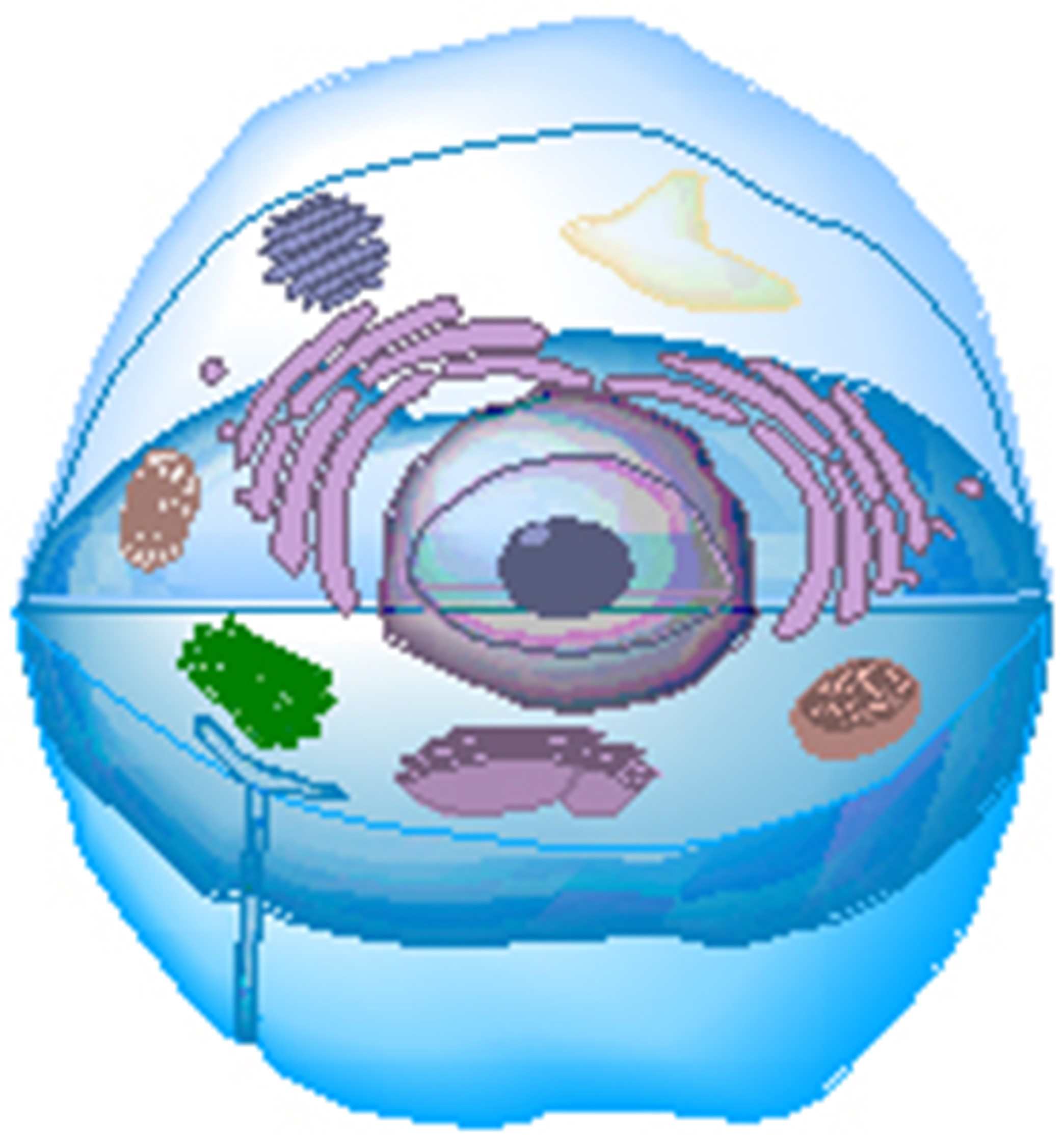
Figure 1a
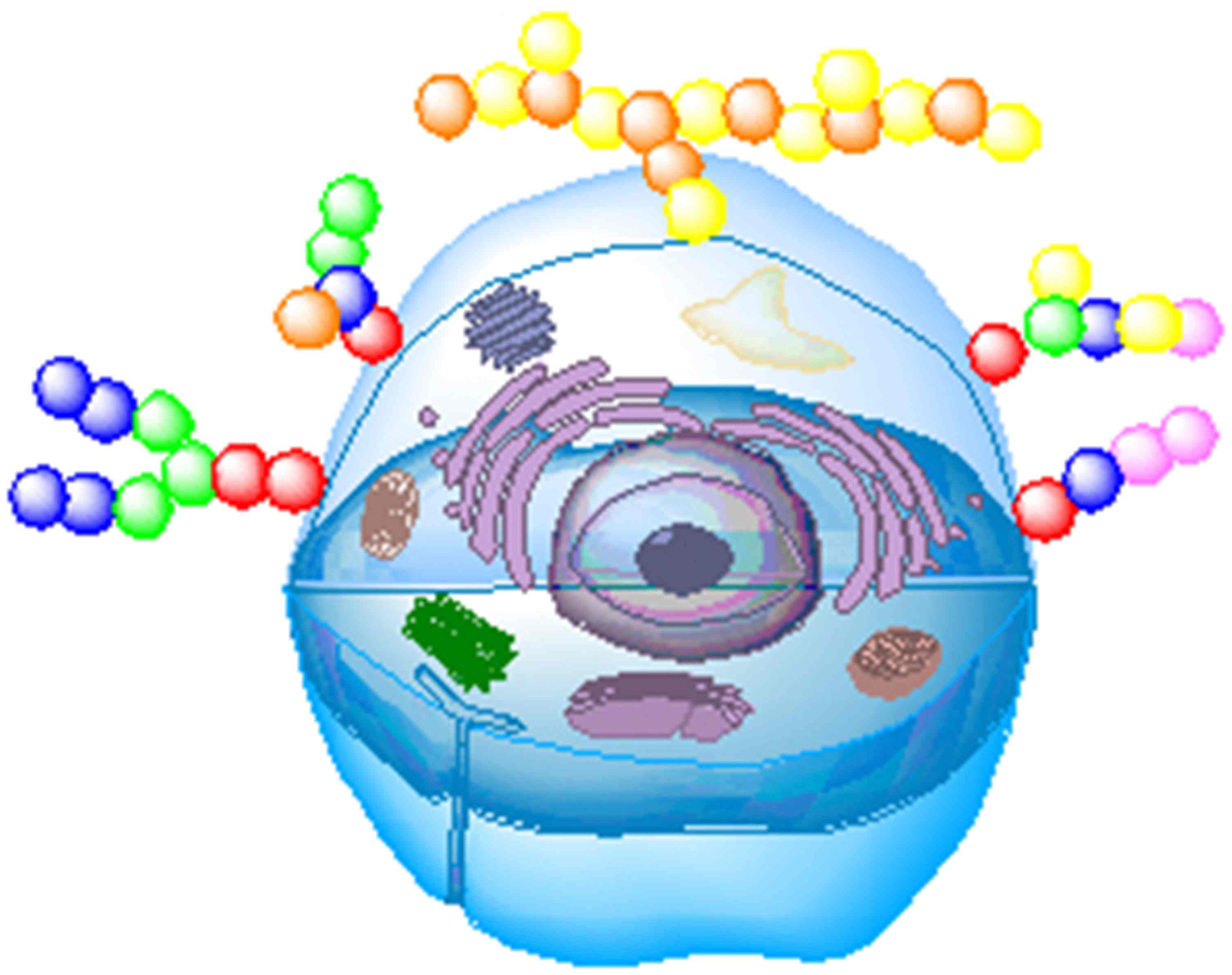 Figure 1b
Figure 1b
<Polysaccharide β-glucan derived from fungi>
The β-glucan contained in fungal cell walls are polysaccharides composed only of glucose (Figure 2a). Among them, the β-glucan derived from mushrooms was used as a medicine to activate human immunity. However, because naturally derived polysaccharides are complex mixtures, the molecular structures necessary for fulfilling the functions of the β-glucan have not been clarified. If we can clarify such structures, we believe that the β-glucan will be useful for human health as a substance that activates the immune system. Therefore, we synthesize structure-defined β-glucan, elucidate its functions and conduct applied research. To synthesize polysaccharide β-glucan, we developed a method for linking monosaccharide glucose and synthesized a part of structure-defined polysaccharides. We then converted it into polymerizable molecules to make high-molecular-weight molecules similar to those of polysaccharides (Figure 2b). Using such molecules, we aim to clarify the structure necessary to activate the immune system and create artificial β-glucan that activates the immune system.
Additionally, since β-glucan is a part of fungal cell walls, fungi grow by decomposing β-glucan themselves. By detecting the enzymes secreted for decomposing, we created molecules that can be used to determine the presence or absence of fungi. The molecules without enzymes secreted by fungi do not glow as shown in Figure 3a, while molecules with enzymes are decomposed and glow as shown in Figure 3b. This change allows us to detect fungi.
In this way, sugars work widely in the body and are also associated with pathogenic substances, such as bacteria, fungi, and viruses. By using the power of chemistry to clarify their functions, we are conducting research that can help people maintain their health.
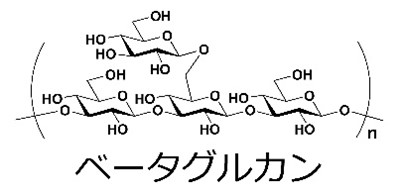
Figure2a

Figure2b
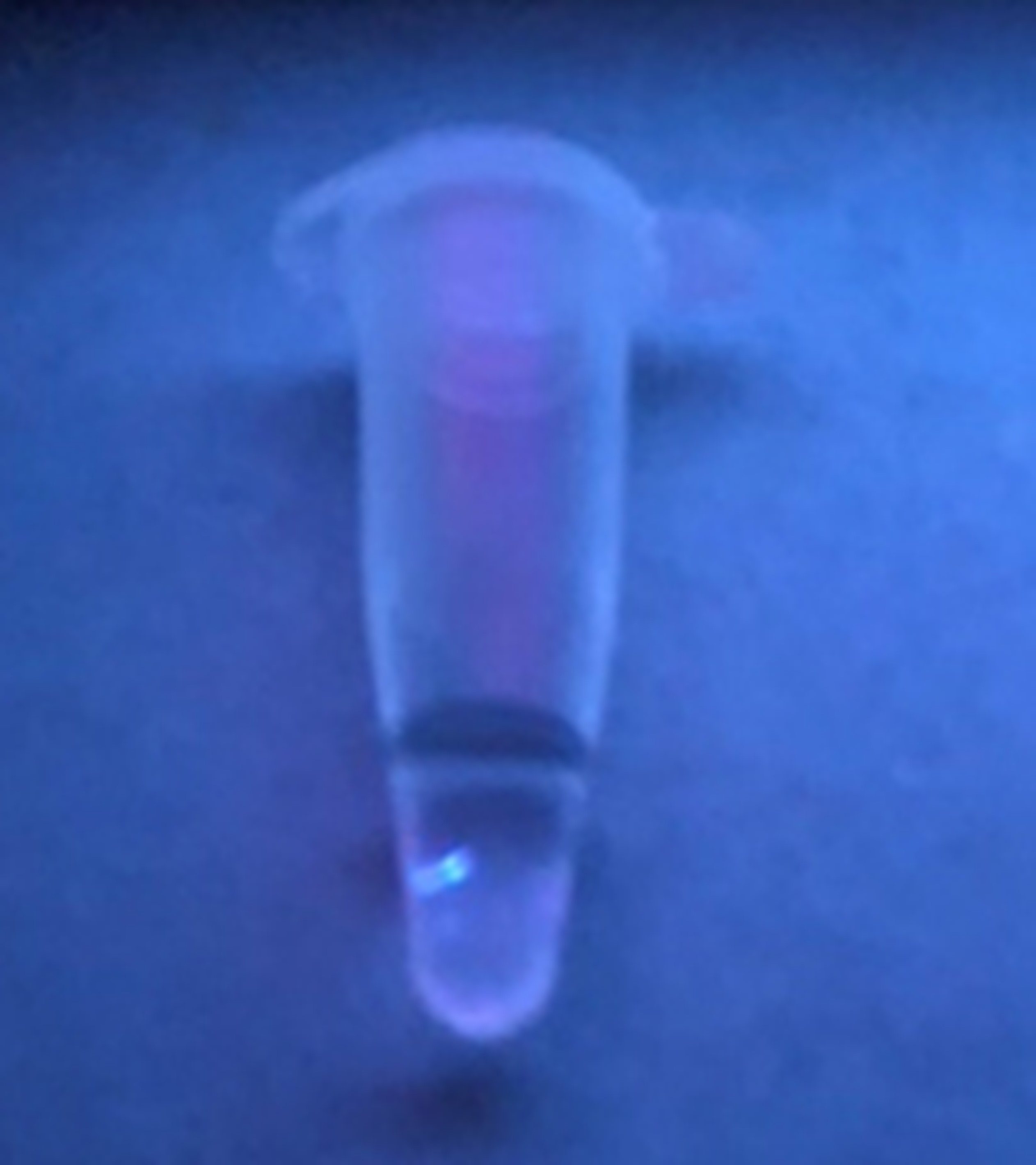 Figure 3a
Figure 3a
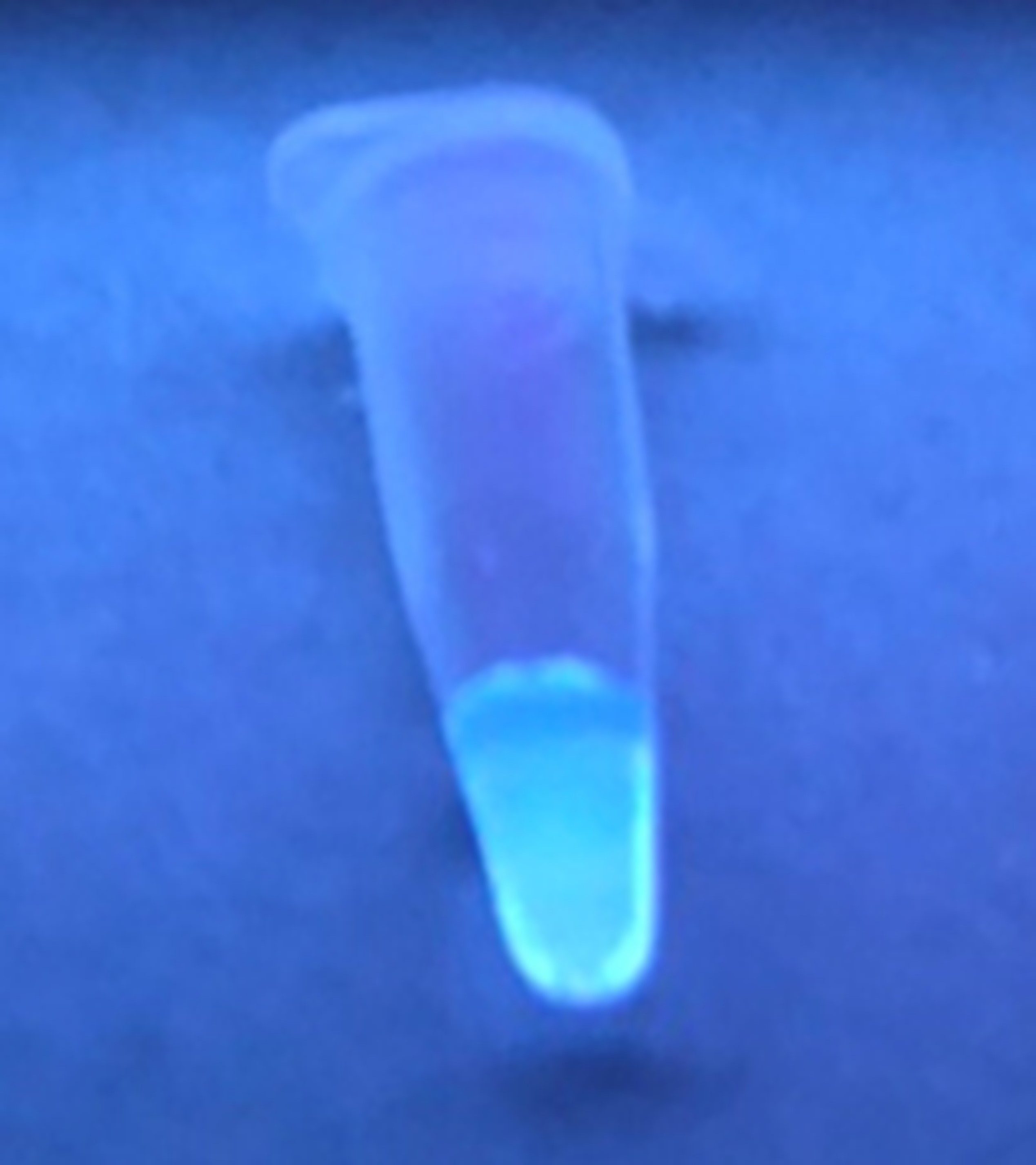
Figure 3b
Related links
NITech delegation deepened exchanges by the visit to FAU The campus introduction video "Nagoya Institute of Technology Aerial Campus Tour" has been released

 Japanese
Japanese